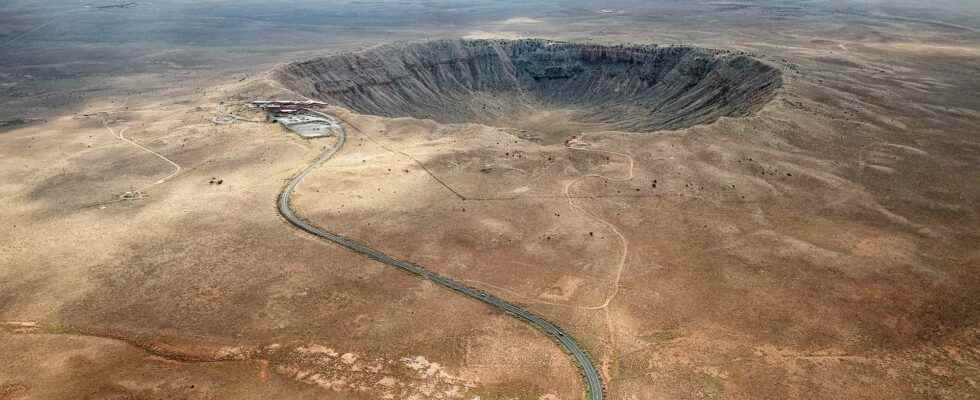You will also be interested
[EN VIDÉO] 5 questions about meteorites They would have caused the disappearance of the dinosaurs and their craters adorn the surface of the Earth. Every day, the planet is bombarded by hundreds of meteorites.
Although rarely visible, thousands of small meteorites enter theatmosphere earth every day. The vast majority will however be consumed before reaching the ground: these are the shooting Stars that we observe at night. Only larger bodies have the ability to impact the ground, like the Chelyabinsk meteorite which crossed the Russian sky in 2013. With a size of 20 meters in diameter, it fragmented in a powerful explosion above the city of Chelyabinsk, the shock wave causing a lot of damage in the process. The fragments, however, disappeared without leaving much of a trace. Thus, the last crater formed following a meteorite impact dates from 2007, when a asteroid tall came across a small village in Peru.
If this type of event is relatively rare compared to the tens of tons of extraterrestrial material that crosses the atmosphere every day, it can however prove to be particularly damaging for infrastructures and populations. In 1908, a large meteorite exploded in the Siberian sky, seat more than 2,000 km2 of forest. What would have happened if it had fallen over a densely populated area?
A persistent threat difficult to assess
This kind of disaster reminds us that the fall of an asteroid is one of the natural risks that constantly hang over us, without our being able to prevent them. However, it is necessary to be ready to undergo this type of disaster. However, a good estimate of the risk requires detailed knowledge of the phenomenon. We have no idea, however, how often the small and medium impacts occur. Because if the big asteroids leave a lasting mark on the earth’s landscape, finding traces of the falls of smaller bodies is much more complicated.
Vegetation and erosion have indeed quickly erased craters of a hundred meters in diameter, preventing us from estimating the number of potentially dangerous impacts over a given period of time. Scientists estimate that over the Holocene period (last 11,000 years), only 30% of “small” craters less than 200 meters in diameter have been identified. How to trace the remaining 70%, especially when no meteorite fragment has been preserved?
A team of scientists has therefore looked into this question and developed a field approach that makes it easier to find traces of past meteorite impacts but also to estimate the extent of damage to the environment. Their results were published in the journal Geology.
Charcoal different from that produced by “classic” forest fires
By studying the surroundings of several known small craters, the researchers discovered that the material ejected by the impact was always associated with coal. However, they quickly realized that these were not traces of forest fires that preceded the impact. These traces of coal would have originated from a burning of the vegetation caused by the impact itself. Because this coal shows certain peculiarities. It was formed at temperatures lower than the charcoal produced by classic forest fires and the deposits appear to be much more homogeneous, which is not usual in the case of fires where one finds completely charred fragments mixed with partially burned remains of wood.
This characteristic of coal associated with “small” meteorite impacts could make it easier to identify old craters and study them. This also helps to better understand the nature and extent of the damage depending on the size of the asteroid. Essential data if we want to put in place preventive measures.
Interested in what you just read?
